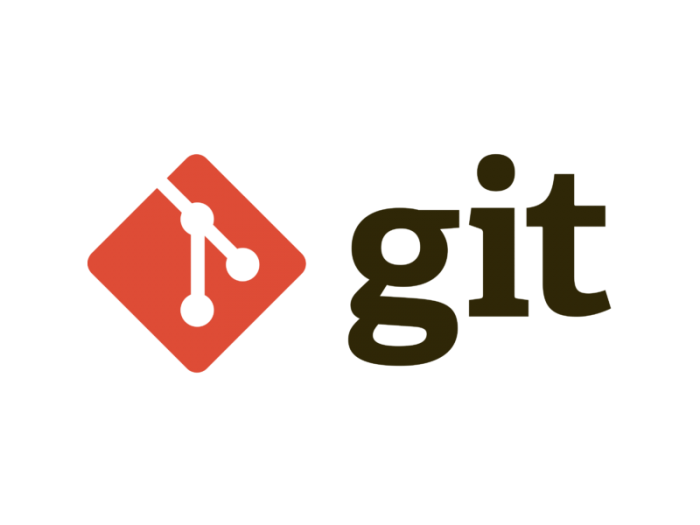技术前端VueVue组件通信
吴华锦props
父传子组件的属性,props值可以是一个数组或对象。
$emit
子传父组件绑定自定义事件。
1
2
3
4
|
<home @title="title">
this.$emit('title',[{title:'这是title'}])
|
vuex
vuex是一个状态管理器插件,适合数据共享多的项目。
state:定义存储数据的仓库,可通过this.$store.state或mapState访问;getters:获取store值,可认为是store的计算属性,可通过this.$store.getters或mapGetters访问;mutations:同步改变store值,为什么会设计成同步,因为mutation是直接改变store值,Vue对操作进行了记录,如果是异步无法追踪改变,可通过mapMutations调用;actions:异步调用函数执行mutation,进而改变store值,可通过this.$dispatch或mapActions访问;modules:模块,如果状态过多,可以拆分成模块,最后在入口通过...解构引入。
parent父实例和children子实例
- 父组件
this.$children
- 子组件
this.$parent
children和parent并不保证顺序,也不是响应式,只能拿到一级父组件和子组件。
$refs
1
2
3
4
5
6
|
<home ref="home"/>
mounted(){
}
|
$root
1
2
3
4
5
6
|
mounted(){
console.log(this.$root)
console.log(this.$root.$children[0])
console.log(this.$root.$children[0].$children[0])
}
|
.sync
1
2
3
4
5
6
7
8
9
10
|
<home :title.sync="title" />
<home :title="title" @update:title="val => title = val"/>
mounted(){
this.$emit("update:title", '这是新的title')
}
|
v-slot
v-slot作用就是将父组件的template传入子组件。
插槽分类:匿名插槽(默认插槽),没有命名,有且仅有一个。
1
2
3
4
5
6
7
8
9
10
11
|
<todo-list>
<template v-slot:default>
任意内容
<p>我是匿名插槽</p>
</template>
</todo-list>
<slot>我是默认值</slot>
|
具名插槽:相对匿名插槽组件slot标签带name命名。
1
2
3
4
5
6
7
8
9
10
|
<todo-list>
<template v-slot:todo>
任意内容
<p>我是匿名插槽</p>
</template>
</todo-list>
<slot name="todo">我是默认值</slot>
|
作用域插槽:子组件内数据可以被父页面拿到(解决了数据只能从父页面传递给子组件)
1
2
3
4
5
6
7
8
9
10
11
12
13
14
15
16
17
18
19
20
21
22
23
|
<todo-list>
<template v-slot:todo="slotProps" >
{{slotProps.user.firstName}}
</template>
</todo-list>
<slot name="todo" :user="user" :test="test">
{{ user.lastName }}
</slot>
data() {
return {
user:{
lastName:"Zhang",
firstName:"san"
},
test:[1,2,3,4]
}
},
|
EventBus
- 生命一个全局Vue实例变量
EventBus,把所有的通信数据、事件监听都存储到这个变量上;
- 类似于Vuex,但这种方式只适用于极小的项目;
- 原理就是利用
on和emit,并实例化一个全局Vue实现数据共享;
- 可以实现平级、嵌套组件传值,但是对应的事件名
eventTarget必须是全局唯一的。
1
2
3
4
5
6
7
8
9
10
|
Vue.prototype.$eventBus=new Vue();
this.$eventBus.$emit('eventTarget','这是eventTarget传过来的值')
this.$eventBus.$on("eventTarget",v=>{
console.log('eventTarget',v);
})
|
路由传参
- 方案一:
1
2
3
4
5
6
7
8
9
10
11
12
|
{
path: '/describe/:id',
name: 'Describe',
component: Describe
}
this.$router.push({
path: `/describe/${id}`,
})
this.$route.params.id
|
- 方案二:
1
2
3
4
5
6
7
8
9
10
11
12
13
14
15
|
{
path: '/describe',
name: 'Describe',
omponent: Describe
}
this.$router.push({
name: 'Describe',
params: {
id: id
}
})
this.$route.params.id
|
- 方案三:
1
2
3
4
5
6
7
8
9
10
11
12
13
14
15
|
{
path: '/describe',
name: 'Describe',
component: Describe
}
this.$router.push({
path: '/describe',
query: {
id: id
`}
)
// 页面获取
this.$route.query.id
|
三种方案对比,方案二参数不会拼接在路由后面,页面刷新参数会丢失;方案一和三参数拼接在后面,暴露了信息。





